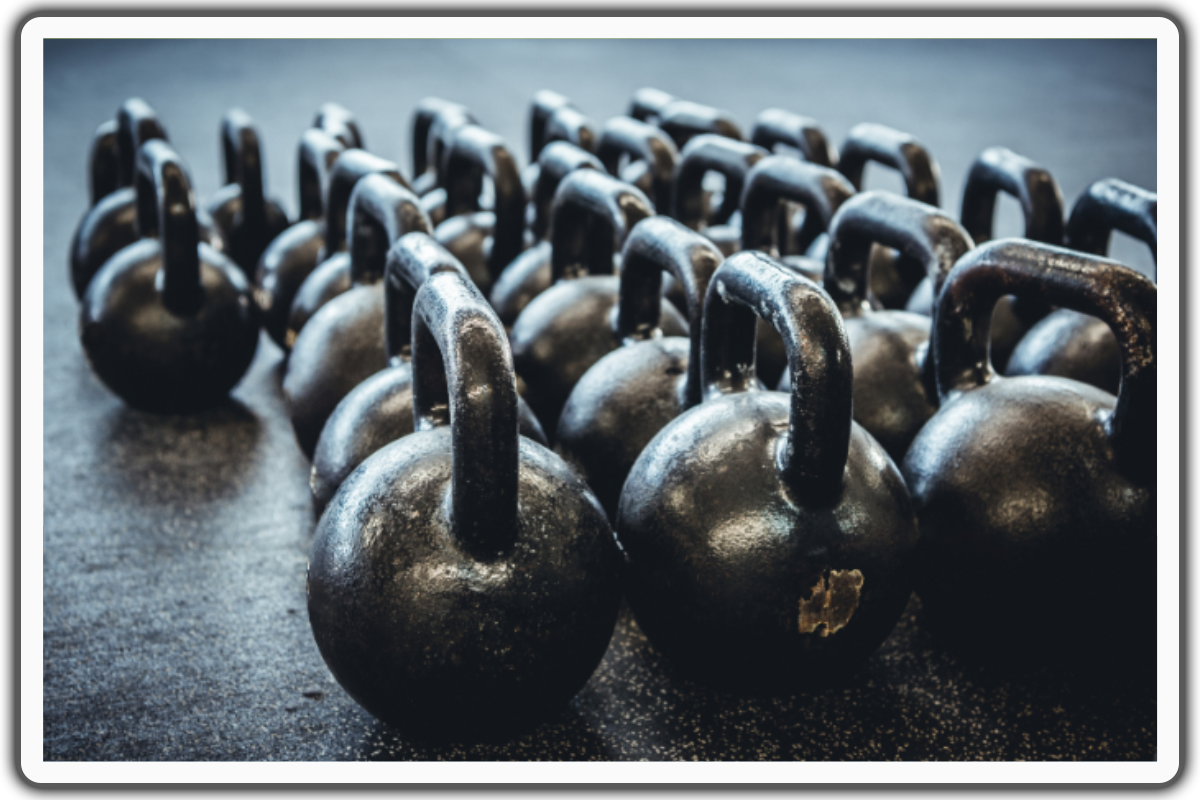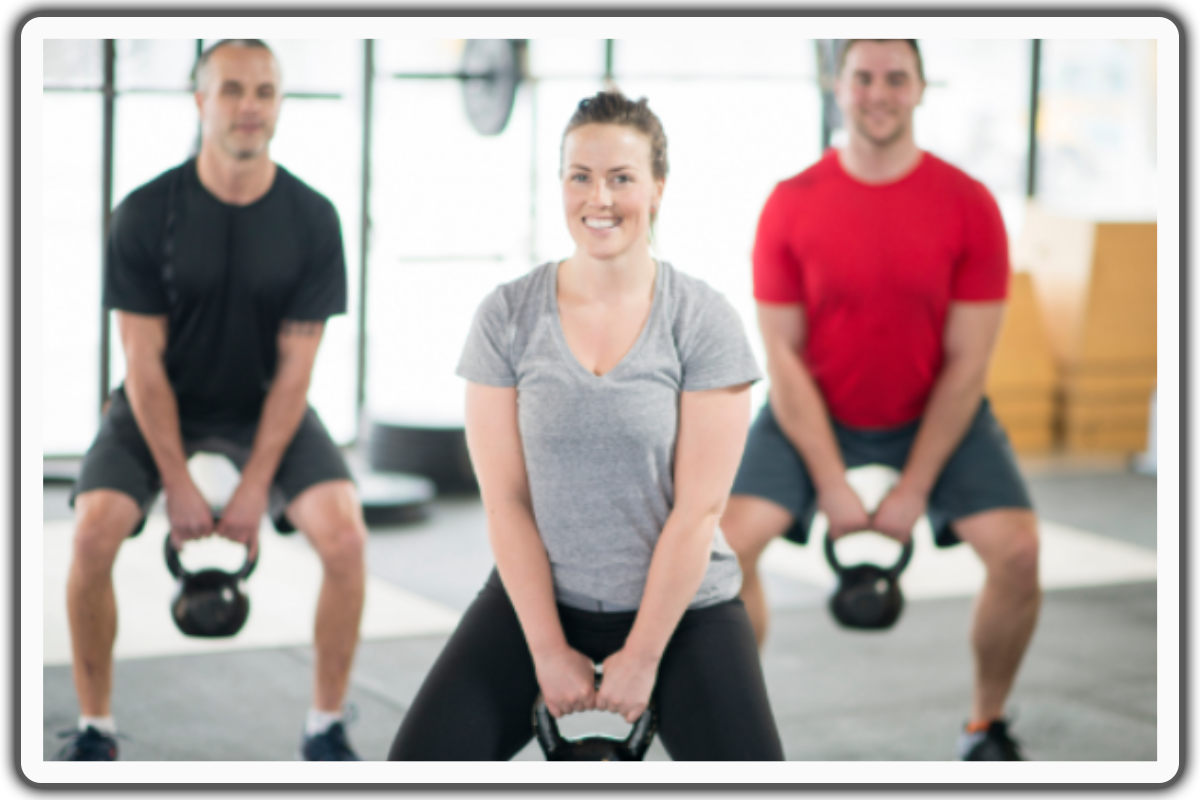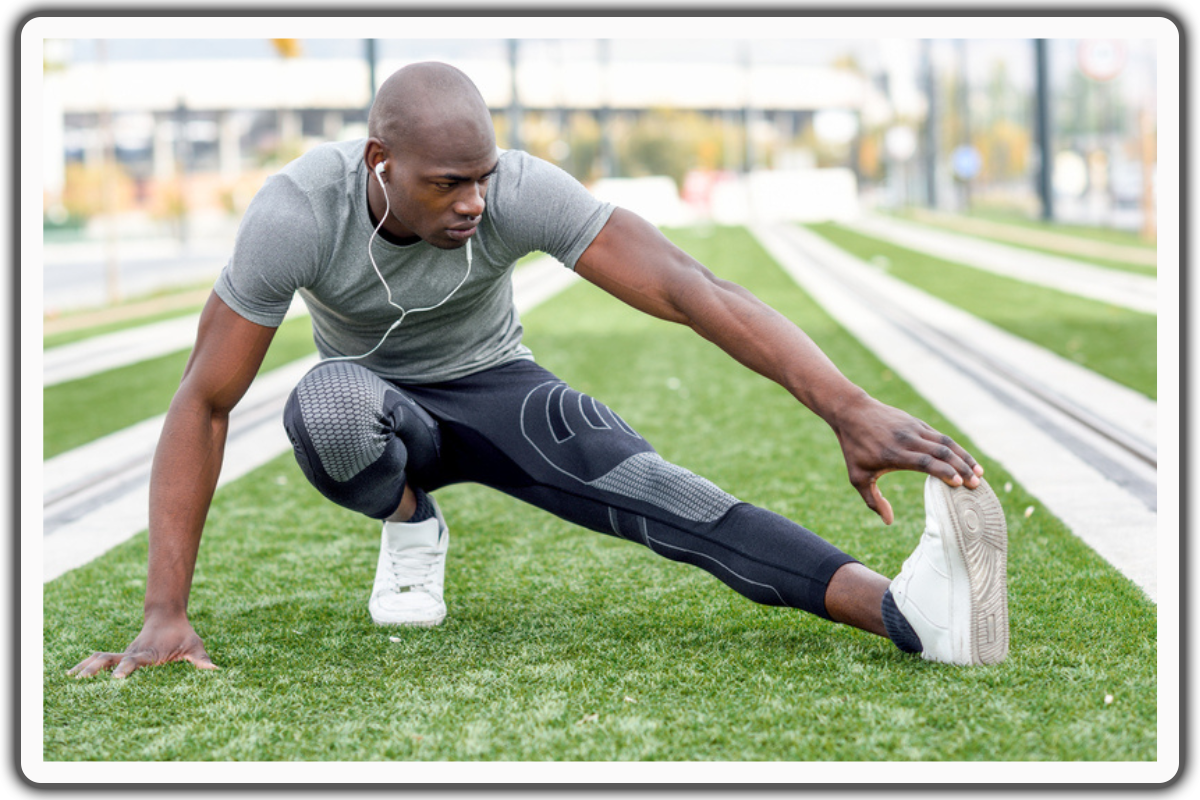
Kettlebell Solution To Strong Healthy Joints
Our Kettlebells offer a solution for joint strengthening and overall health improvement. They provide a full-body exercise, targeting specific muscle groups, including joints. This article explores the Kettlebell Solution To Strong Healthy Joints, making them ideal for fitness enthusiasts and those recovering from injuries.
The Kettlebell exercises enhance joint stability, mobility, and flexibility, resulting in stronger, healthier joints, improved strength, and endurance. Unique shape and versatile movements of kettlebells engage multiple muscles, activating the core and improving coordination. Discover how kettlebell training can unlock these joint health benefits and lead you to stronger, healthier joints.
Understanding The Importance Of Joint Health

Maintaining healthy joints is essential for overall well-being and high quality of life. Joints are the structures that connect bones, enabling movement and providing flexibility to the body. However, due to aging, sedentary lifestyles, or previous injuries, joints can become weak and prone to pain or discomfort. That's where kettlebell training comes in.
Moreover, by incorporating Kettlebell Solution To Strong Healthy Joints exercises into your workout, you can strengthen the muscles surrounding your joints, providing them with the support they need to function optimally.
Common Joint Issues And Their Causes

Before we dive into the benefits of kettlebell training for joint health, let's look at some common joint issues and their causes. Osteoarthritis, the most common type of arthritis, occurs when the protective cartilage cushions the ends of bones and wears down over time.
When joints are affected, it can cause pain, stiffness, and reduced mobility. Another common joint issue is tendonitis, which is inflammation or irritation of a tendon. This can result from repetitive movements or overuse of a joint.
Additionally, joint instability, often caused by ligament injuries or muscle weakness, can lead to joint pain and an increased risk of further injuries. By strengthening the muscles covering the affected joints, kettlebell training can help alleviate these issues and promote joint health.
What Is The Single Best Kettlebell Exercise

Regarding Kettlebell Solution To Strong Healthy Joints, one kettlebell exercise stands out above the rest: the kettlebell swing. The kettlebell swing is the ultimate leg exercise and a dynamic movement that engages multiple muscle groups in the body, including the hips, glutes, and core.
This exercise strengthens these muscles and improves joint stability and mobility. The swinging motion of the kettlebell activates the muscles surrounding the joints, promoting increased blood flow and joint lubrication. Certainly, this can help lower joint pain and stiffness while enhancing overall joint function.
How Kettlebell Training Can Improve Joint Health
Kettlebell training offers a wide range of benefits for joint health. Beyond the kettlebell swing, numerous exercises can target specific joints and muscle groups. By incorporating these exercises into your routine, you can improve joint stability, mobility, and flexibility.
Let's explore some of the critical benefits of Kettlebell Solution To Strong Healthy Joints.
Best Single Kettlebell Exercise

In addition to the kettlebell swing as a Kettlebell Solution To Strong Healthy Joints, the goblet squat is one of the best single kettlebell exercises for joint health. The goblet kettlebell squat targets the lower body, including the hips, knees, and ankles. By performing this exercise with proper form and technique, you can strengthen the muscles surrounding these joints, improving strength and reducing the risk of injuries.
To complete the goblet squat, hold a kettlebell with both hands at chest level, squat down by flexing your knees and hips, keeping your chest and core engaged, and then return to the starting position. Repeat for the desired number of repetitions.
The Kettlebell Single Arm Workout for Beginners
If you're new to kettlebell training, beginning with a beginner-friendly workout that prioritizes proper form and technique is crucial. Here's a straightforward single kettlebell workout designed for beginners, inspired by Personal Training Ltd, a trusted name in fitness.
This workout is tailored to help you initiate your journey towards stronger, healthier joints while benefiting from the guidance of a personal trainer. It focuses on developing core and shoulder stability, ensuring you build a strong foundation for your kettlebell training journey.
1. Kettlebell Goblet Squat

Begin this Kettlebell Solution To Strong Healthy Joints, in an upright standing position with your legs wider than hip-width apart and your toes slightly pointed outward. Then, hold the kettlebell at one end in both hands like a goblet at chest height. Afterward, bend your knees and hinge through your hips to move into a deep squat. Finally, raise back up and repeat the movement.
2. The Kettlebell Swing

For this exercise, begin in an upright standing position with your legs wider than hip-width apart. Then, hold the kettlebell with both hands. Slightly bend your knees, swing the kettlebell back between your legs, and bring it to shoulder height. Control the movement and squeeze your glutes at the end position. Lastly, repeat the movement.
3. Bent Over Row

Stand in front of the bench and hold a kettlebell with one hand. Then, place one knee and one hand on top of the bench for support with your opposite foot planted on the floor to provide stability. Activate your core muscles.
Afterwards, hinge through your hips to bend your upper body forward, keeping your back straight and chest up. Initiate the rowing movement by pulling the kettlebell towards your lower chest or upper abdomen. Then, keep your elbow 30-45 degrees away from your body, squeezing your shoulder blades at the top position. Control the descent of the weight back to the starting position.
Lastly, extend your arms fully but maintain a slight bend in your elbows to keep tension on the muscles. Repeat on the opposite side.
The Kettlebell Exercises For Strengthening Joints
While the kettlebell swing and goblet squat are excellent body exercises for promoting joint health, many other exercises can target specific joints and muscle groups.
Here are a few examples:
1. Kettlebell Turkish Get-Up

Lie on your side with your knees bent, holding a kettle with both hands. Then, extend your right arm toward the sky with the kettlebell and plant your opposite hand on the ground for support and stability. Your arm should be at a 45-degree angle. Engage your core.
Push from your left hand and right foot to lift your upper body, keeping the kettlebell aligned with your arm. Stretch your shoulder muscles while strengthening them. Then, while keeping your arms and right foot in place, bring your left leg toward the back with your left knee on the ground, coming into a 90-degree kneeling position. Lastly, return to the starting position. Repeat the movement.
2. The Kettlebell Deadlift

Stand upright with your legs shoulder-width apart, maintaining good alignment with your head, shoulders, hips, and legs. Then, hold the kettlebell in both hands. Slightly bend your knees and pivot through your hips to bend your upper body forward. Ideally, your back should be parallel to the floor. Finally, raise back up and repeat the movement.
Why Are Kettlebell Swings So Effective?
Kettlebell swings are often hailed as one of the most practical exercises for overall strength and conditioning. But what makes them so effective when it comes to joint health? One of the critical factors is the dynamic nature of the exercise.
The swinging motion of the kettlebell activates multiple muscle groups simultaneously, including those surrounding the joints. This promotes increased blood flow and joint lubrication, which can help lessen joint pain and stiffness.
Additionally, kettlebell swings engage the hips and glutes, which are critical for proper movement mechanics and joint stability. By strengthening these core muscles, you can enhance your body's ability to support and protect the joints during physical activities.
Proper Form And Technique For Kettlebell Exercises
To maximize the advantages of kettlebell training and prevent injuries, it's essential to maintain proper form and technique throughout your workouts.
Here are some general guidelines to follow when performing kettlebell exercises:
Following these guidelines and paying attention to your form and technique can maximize your kettlebell workouts while minimizing the risk of joint-related injuries.
Incorporating Kettlebell Training Into Your Fitness Routine
Now that you understand the benefits of kettlebell training for joint health and have learned some critical exercises and techniques, it's time to incorporate them into your fitness routine.
Here are some tips to help you get started:
1. Start With A Warm-up
Before diving into your kettlebell workout, warm your body with dynamic stretches and mobility exercises. This warm-up exercise will prepare your muscles and joints for the upcoming workout.
2. Choose A Variety Of Exercises
Incorporate kettlebell exercises into your routine to target different muscle groups and joints. Mix and match exercises focusing on upper and lower body and core strength.
3. Progress Gradually
Begin with lighter weights and gradually raise the intensity and load as your strength and technique advance. This practice will contribute to injury prevention and promote consistent improvement.
4. Schedule Regular Rest Days
Give your body time to recover between kettlebell workouts. Rest is essential for muscle repair, growth, and joint recovery.
5. Listen To Your Body
Be mindful of any discomfort during your workouts. Modify the exercise or consult a fitness professional to ensure proper form and technique if something doesn't feel right.
By incorporating kettlebell training into your fitness routine and following these tips, you can gradually build strength, improve joint health, and enhance your overall fitness level.
Precautions And Considerations For Kettlebell Training
While kettlebell training offers numerous benefits for joint health, taking certain precautions and considerations is essential to ensure a safe and effective workout.
Here are some things to keep in mind:
By following these precautions and considerations, you can enjoy the benefits of kettlebell training while minimizing the risk of injuries and maximizing your joint health.
Additional Tips For Maintaining Strong And Healthy Joints
Select one that challenges you but allows you to maintain proper form. Starting too heavy can compromise your technique and increase the risk of injuries.
By following these precautions and considerations, you can enjoy the benefits of kettlebell training while minimizing the risk of injuries and maximizing your joint health.
A. Maintain A Healthy Weight
Excess weight can stress your joints more, leading to pain and increased risk of injuries. Maintaining an optimal weight through consistent physical activity and a well-rounded diet can help reduce this stress and promote joint health.
B. Stay Active
Consistent physical activities like walking, swimming, or cycling can enhance joint flexibility, strength, and mobility. Diversify your workout routine by including various exercises on distinct muscle groups and joints.
C. Stretch Regularly
These stretching routines like yoga or Pilates can help improve joint flexibility and reduce muscle tightness. Make stretching a regular fitness routine to keep your joints mobile and healthy.

D. Stay Hydrated
Drinking an adequate amount of water each day is essential for joint health. Water helps lubricate the joints and maintain proper function.
E. Get Enough Rest
Adequate sleep and rest are crucial for joint recovery and overall health. Aim for 7-9 hours of sleep every night to promote optimal joint function.
By incorporating these additional tips into your lifestyle and kettlebell training, you can maintain strong and healthy joints for years.
Conclusion: Embracing Kettlebell Training For Joint Health
Kettlebell training is a potent solution for joint strengthening and overall health improvement. It suits fitness enthusiasts seeking to elevate their workouts and individuals recovering from injuries aiming to rebuild collective strength.
Single kettlebell exercises enhance joint stability, mobility, and flexibility by targeting specific muscle groups and engaging multiple muscles simultaneously. The swinging motion, especially in exercises like the kettlebell swing and goblet squat, activates surrounding muscles, boosting blood flow and joint lubrication.
Incorporating kettlebell training into your fitness routine with proper form can lead to stronger, healthier joints, improved strength, and endurance. Embrace this unique tool for a journey towards robust and healthy joints.
